There can be your advertisement
300x150
At the Highest Level: 10 Spectacular Viewing Platforms with Wow-Effect
"Skywalk" above the Grand Canyon, the glass elevator in Chamonix, and the transparent cube in Ecuador — we've selected the most unusual viewing platforms that are worth visiting on their own
Today, any city has a viewing platform — as it presents scenic views and achievements of modern architecture. In our selection are the most unusual viewing platforms around the world — from an Ecuadorian village to the Grand Canyon.
The viewing platform Skywalk, hanging in the air at an altitude of about 1200 meters and protruding over the Grand Canyon's abyss by 20 meters, is a challenge for those with weak nerves. The handrails and floor of the structure are made of glass, creating a feeling of weightlessness and making the platform appear fragile.
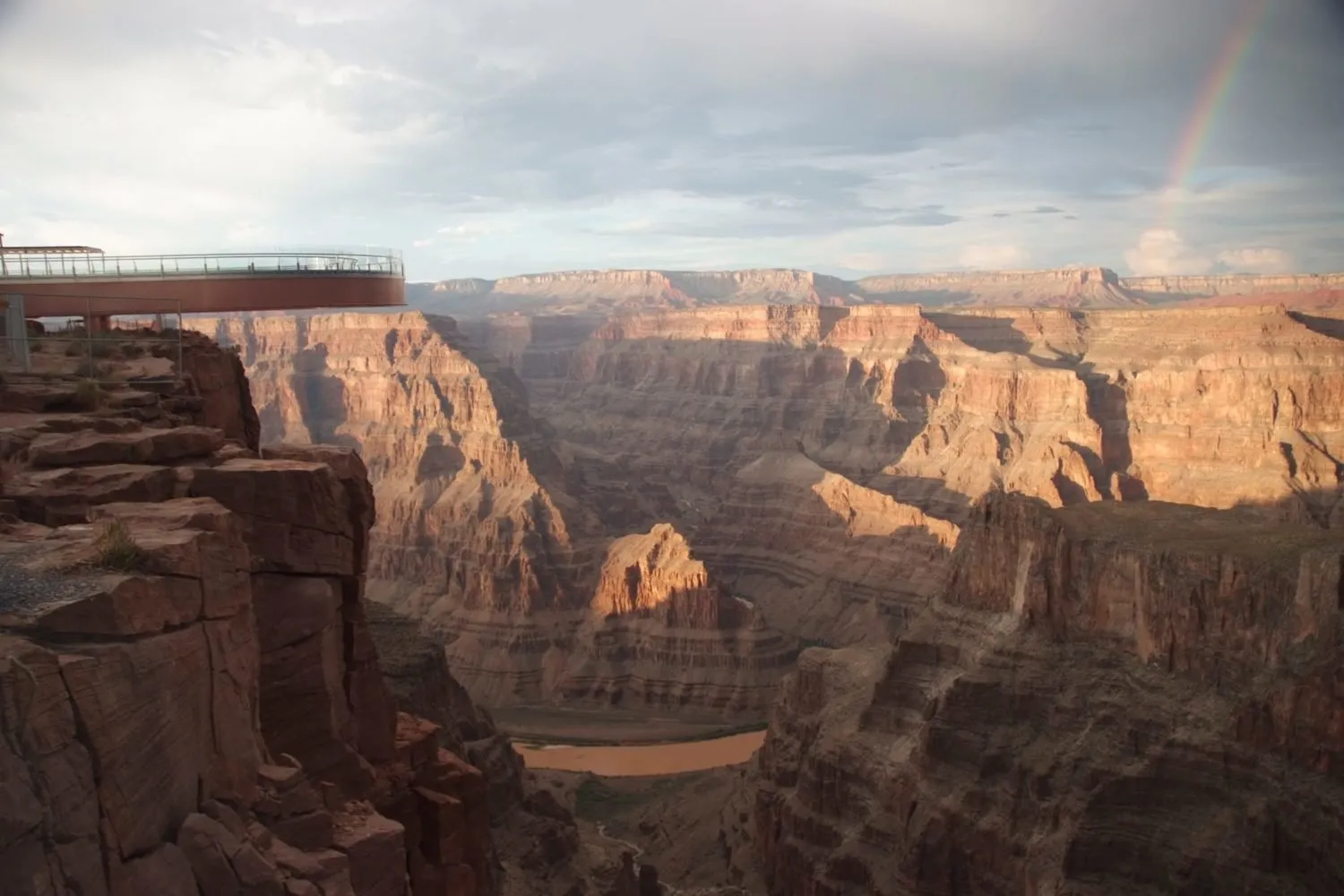
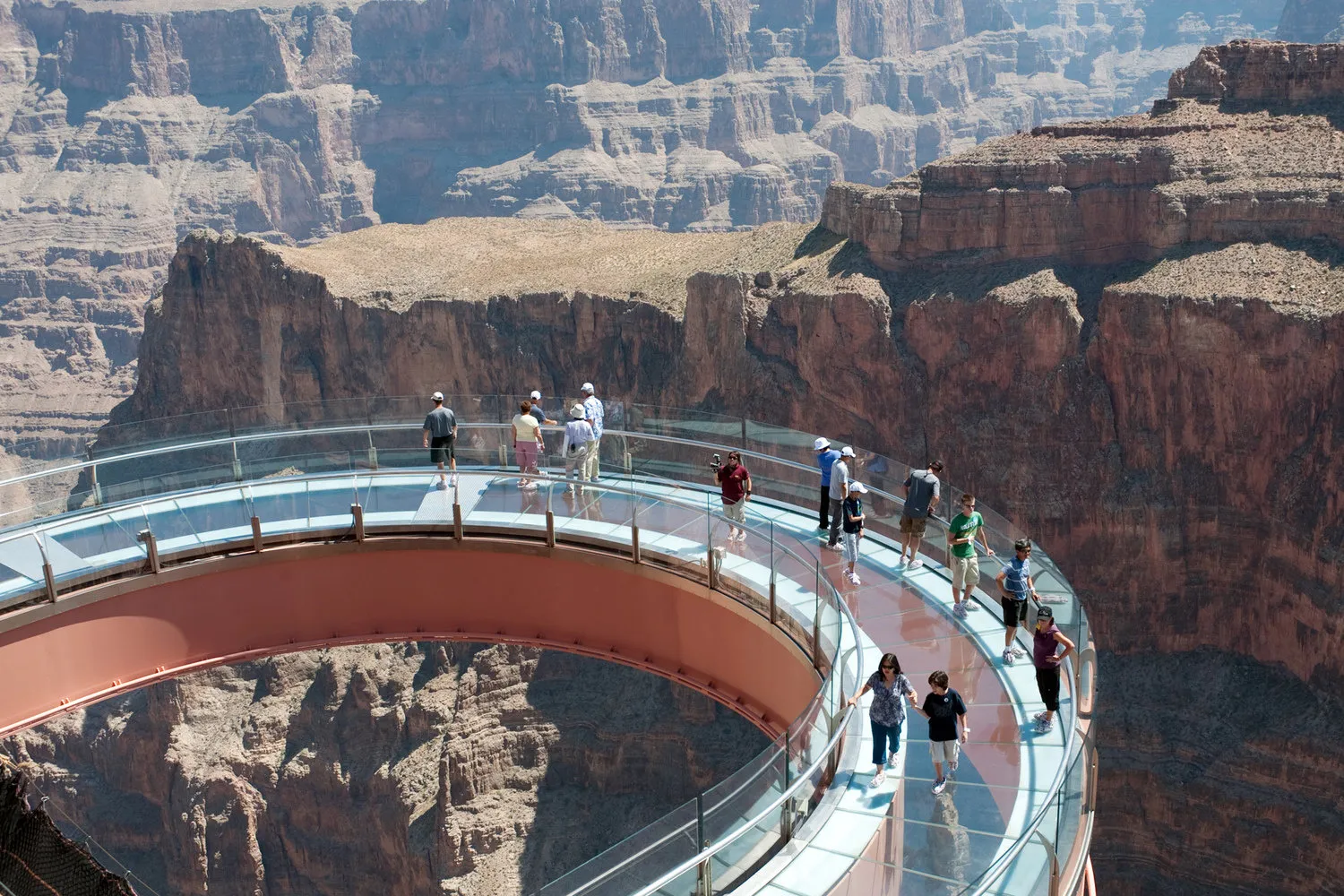
In fact, the viewing platform above the Grand Canyon is definitely not fragile. The creator of the platform — architect Mark Ross Johnson — assures that the structure can withstand earthquakes up to magnitude 8, gusts of wind up to 160 km/h, and a load of up to 70 tons.
2. Glacier Skywalk in CanadaA similar viewing platform is located in Jasper National Park, Canada. Like "Skywalk", Glacier Skywalk juts out over a precipice, but only 30 meters. The platform is attached to the rocky cliff and made of glass reinforced with steel cables.

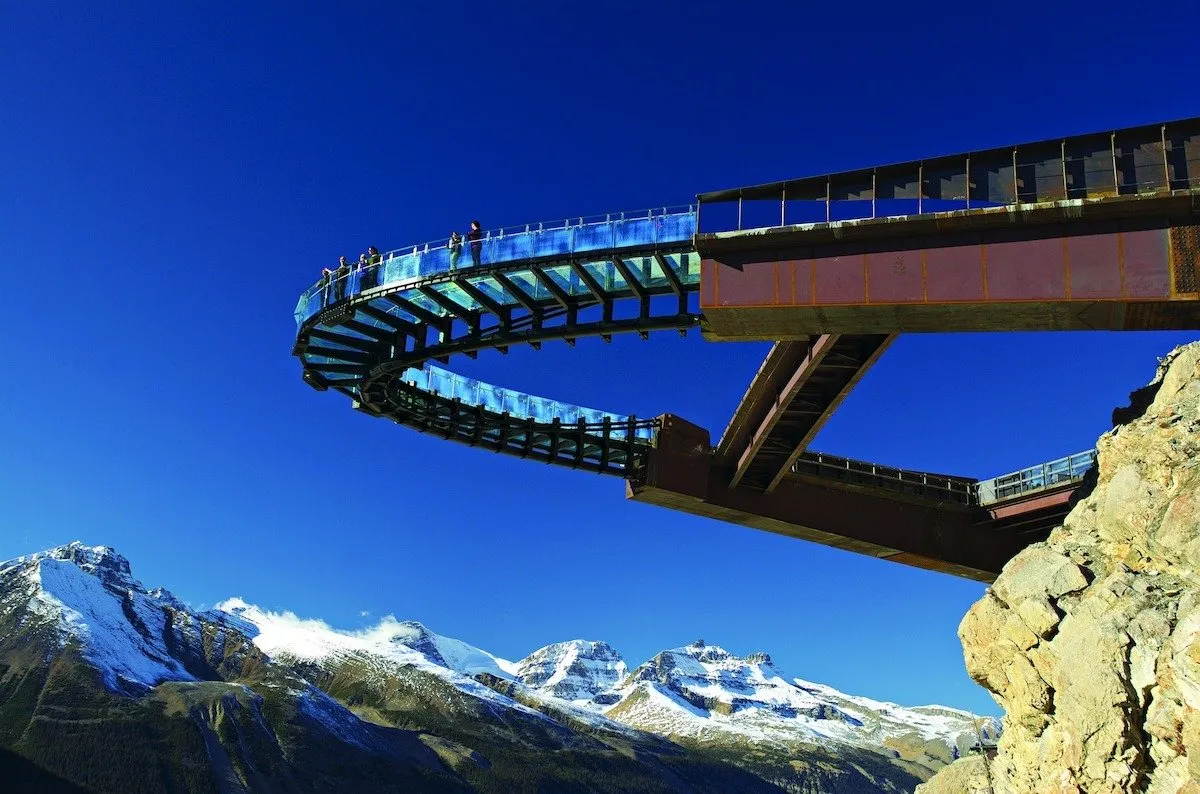

The curved tunnel seems to float over a 300-meter abyss. From Glacier Skywalk, you get an incredible view of the slopes of the Rocky Mountains and ice-capped peaks. The project is the work of architects from Sturgess Architecture.
3. SkyPoint Viewing Platform in AustraliaThe SkyPoint viewing platform is located on the 78th floor of the tallest skyscraper in Australia, Q1 Tower, in Gold Coast. From a height of 230 meters, it offers an exciting panoramic view of Byron Bay and the vast Pacific Ocean.



Architect Kent Elliott didn't want to stop there: if you wish, you can increase the adrenaline level and climb even higher — to a height of 270 meters. However, you'll have to walk up there, which will take about an hour and a half.
4. British Airways i360 Observation Tower in EnglandThe creators of the tower are husband-and-wife architects Julia Barfield and David Marks, who also created the London Eye. For their new project in Brighton, England, they dedicated about 13 years. The creators explained that the letter "i" stands for "innovation, integration and intelligence".



At nearly 138 meters tall, the structure offers a full 360-degree view. The platform with a diameter of 18 meters can accommodate up to 200 visitors, and during the ride, you can calmly walk inside the "capsule", enjoying the unfolding views.
5. Glass Viewing Platform in ChamonixThis viewing platform is located in the French Alps, on the peak of Mont Blanc, at an altitude of 3842 meters. The platform is often called the highest attraction in Europe: it offers visitors to step into a closed transparent elevator, "floating" at a height of 1035 meters above the valley.




The structure was conceived and designed by designer Pierre-Ivan Chai under the influence of the Grand Canyon viewing platform. By the way, the name of the French "attraction" is appropriate — "Step into the Void".
6. Quilotoa Shalala in EcuadorThe wooden platform is set at an altitude of nearly 4000 meters right above the crater of the sleeping volcano Quilotoa in the Ecuadorian Andes. The structure is equipped with a glass facade for safety and protection from icy mountain winds.



From the platform, you get a picturesque view of the turquoise waters of Lake Quilotoa. The platform has two levels: the upper one overhangs the cliff, creating a sensation of flight, while the lower one is suitable for those who fear heights.
7. Top of Tyrol in AustriaTop of Tyrol is located at an altitude of 3210 meters under the Isidor mountain in Austria. It's a simple structure made of steel. The choice of this durable material wasn't random: the platform is located on fragile mountain rock and is almost always covered with snow.


Nevertheless, architects from LAAC Architekten didn't make a wrong choice regarding the material and form of the structure: the viewing platform was included in the top ten most beautiful viewing platforms in the world according to GEO magazine.
8. Aurland Lookout in NorwayThe Aurland Lookout viewing platform by architects Todd Sonders and Tommy Wilhelmsson was created primarily to pay homage to nature, and only secondarily to architecture. The reason is that while working on the project, designers attempted to change the landscape and topography as little as possible.



The open bridge, smoothly dropping into the abyss at a height of 600 meters, is located not far from the small town of Aurland in Sogn og Fjordane. The wooden structure offers a view of the incredible Norwegian landscape. No wonder the architects of the project won first place in Norway's competition for the best tourist routes.
9. Invisible Portal in EcuadorAnother example of the fusion between architecture and natural landscape is the viewing platform Invisible Portal in Ecuador. The platform with mirror walls presents a kind of cube, inside which you can comfortably admire the local landscape.



The unusual structure was designed by the architectural studio Natura Futura. The project is primarily aimed at ensuring that local residents and visitors don't forget their identity and connection with nature.
10. Observation Tower in AustriaThis viewing platform on the Mur River in Graz, Austria, may not boast of height (the top point of the structure is 27 meters), but it can compete for the title of the most unusual observation tower.
The reason is that the tower represents interwoven spiral staircases: one staircase serves for ascent, and the other — for descent. This is done for a reason: with each step, you get a new view.



More articles:
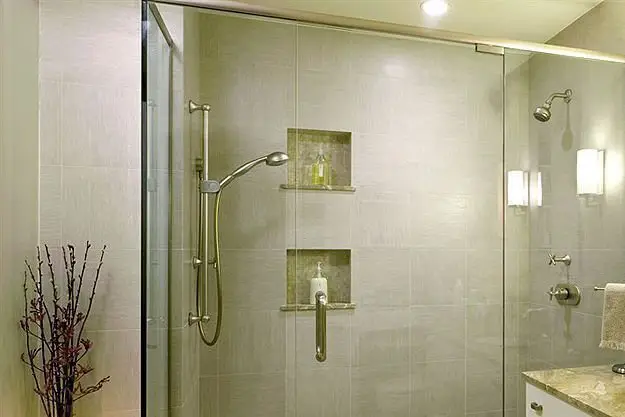 8 mistakes when renovating a bathroom
8 mistakes when renovating a bathroom To the Light Bulb: 7 Common Lighting Mistakes
To the Light Bulb: 7 Common Lighting Mistakes 7 Mistakes in Interior Decoration That You Shouldn't Avoid
7 Mistakes in Interior Decoration That You Shouldn't Avoid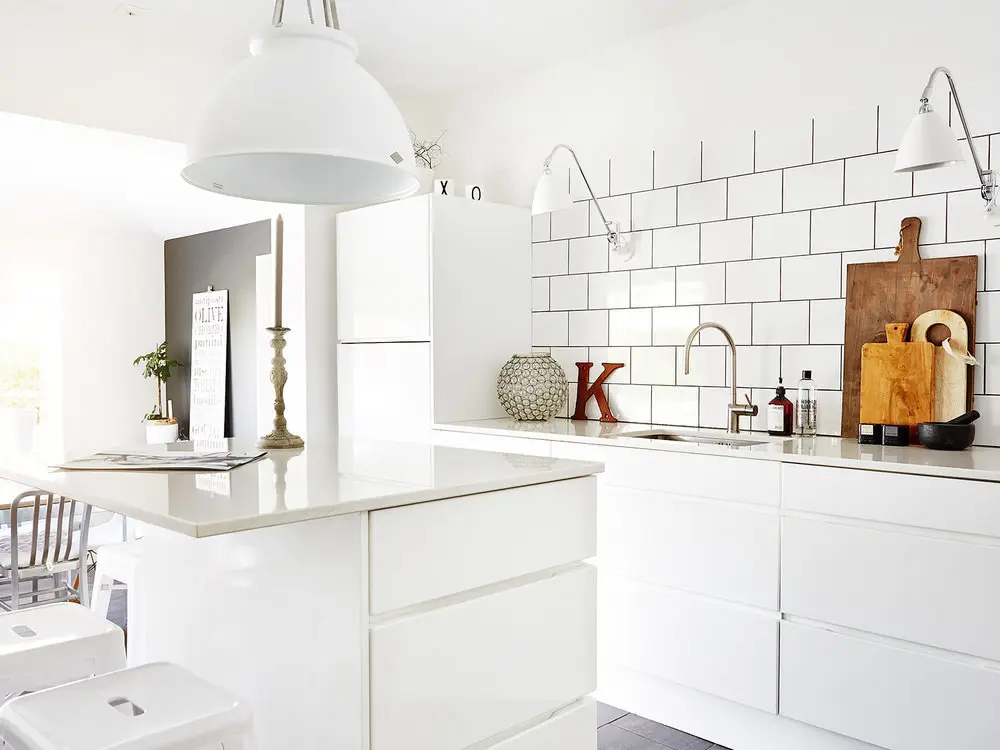 Weekend Plans: Cleaning the Kitchen
Weekend Plans: Cleaning the Kitchen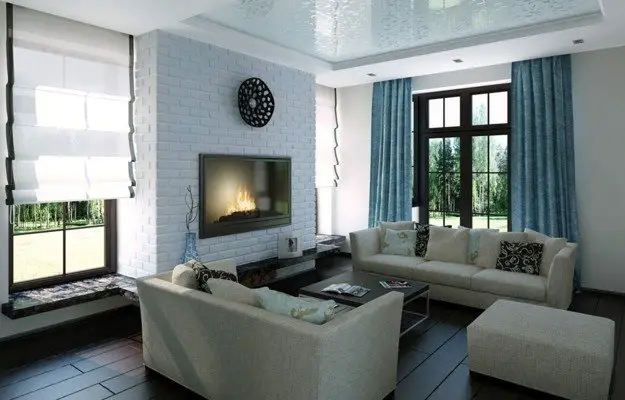 10 Critical Mistakes Designers Make in Visualization
10 Critical Mistakes Designers Make in Visualization Guide: 5 "Our" Scandinavian Interiors
Guide: 5 "Our" Scandinavian Interiors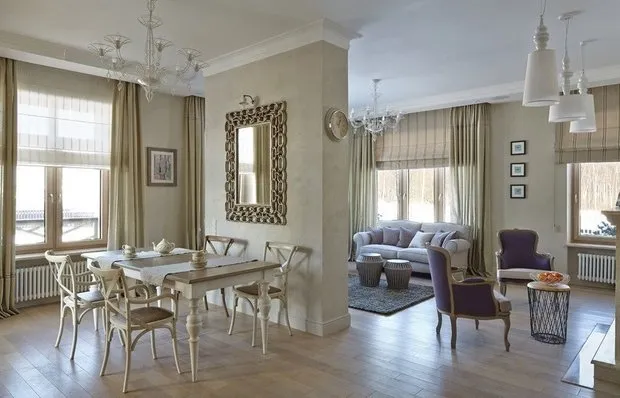 How to Choose and Place a Mirror: 7 Feng Shui Tips
How to Choose and Place a Mirror: 7 Feng Shui Tips 13 Tips from Jean-Louis Deniot for Young Designers
13 Tips from Jean-Louis Deniot for Young Designers